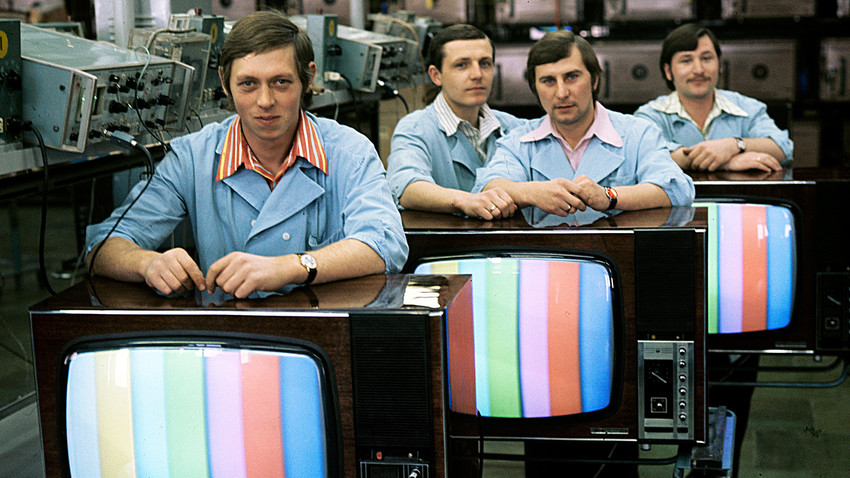
Designed in 1936, the B-2 was the first Soviet TV put into mass production. It had a very small screen (3x4 cm) and also needed additional devices to receive sound.
It was a big challenge to use the TK-1 TV. You had to spin 14 knobs to configure the video signal.

Some Soviet journals even taught people how to assemble their own televisions from scratch.
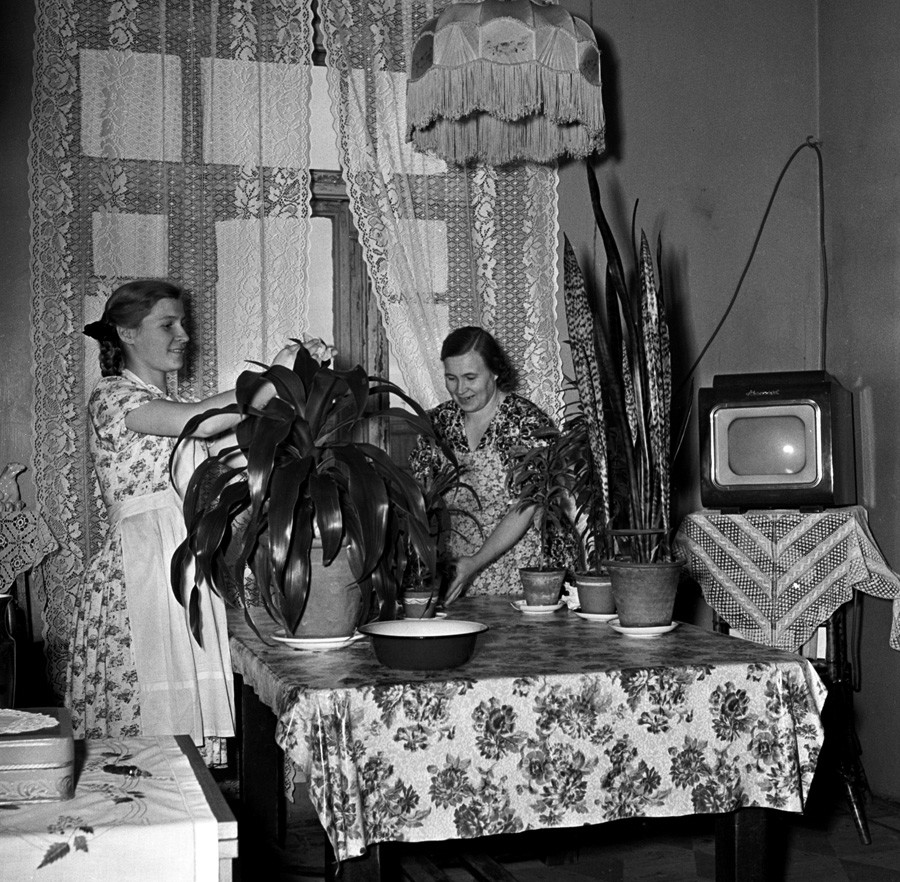
The KVN-49 was the first mass-produced TV in the USSR. Over 2.5 mIllion were produced from 1949 to 1960. However, the “People’s TV set,” as the KVN-49 was known, often broke down.
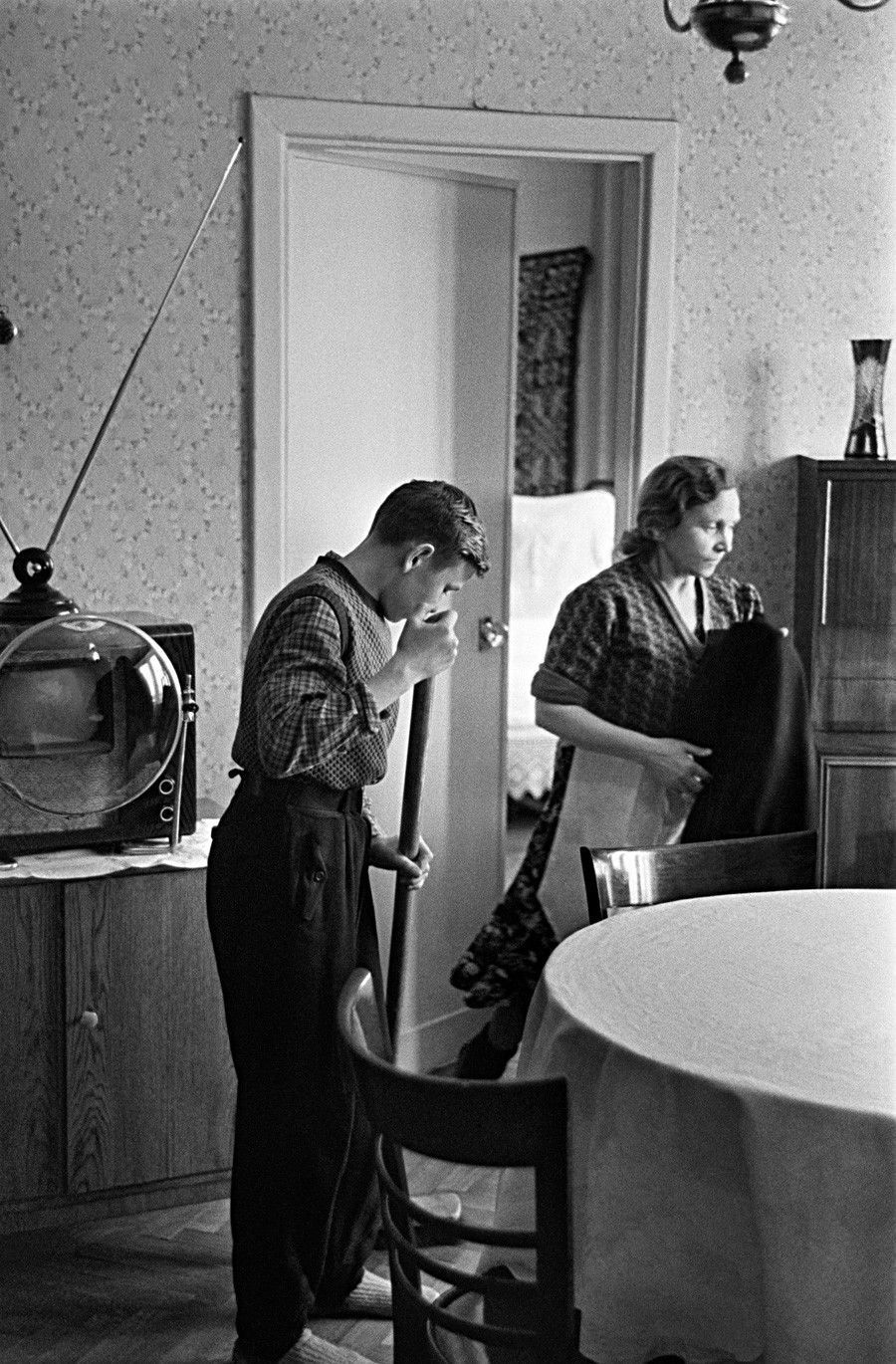
Television in the 1950s was incredibly novel for Soviet people, unlike today. They watched almost everything aired, including the credits at the end of films. After viewing a lively discussion about the movie, news, or documentary always took place.
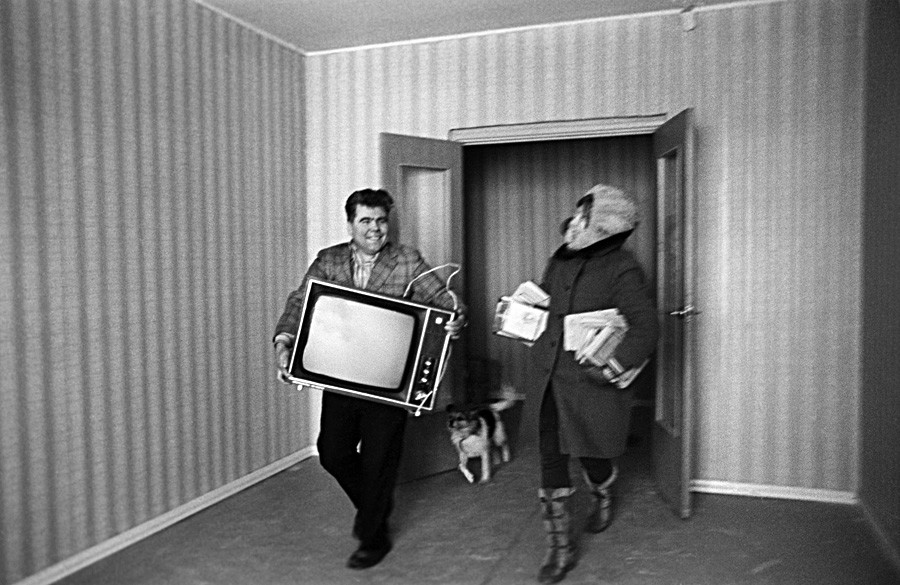
Color television arrived in the Soviet Union in the late 1960s. People got a chance to see programs in color on the Rubin-401, Raduga-403, and Record-101 TV sets.
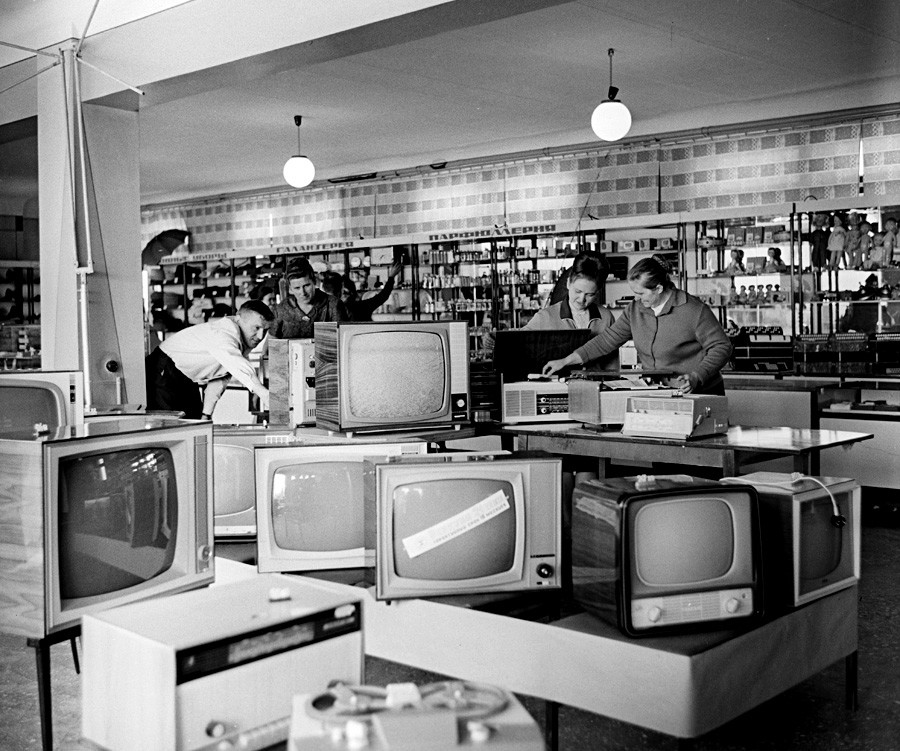
Designed in 1969, the portable Elektronika VL-100 set needed to be assembled, which was no easy task given it had many separate parts.
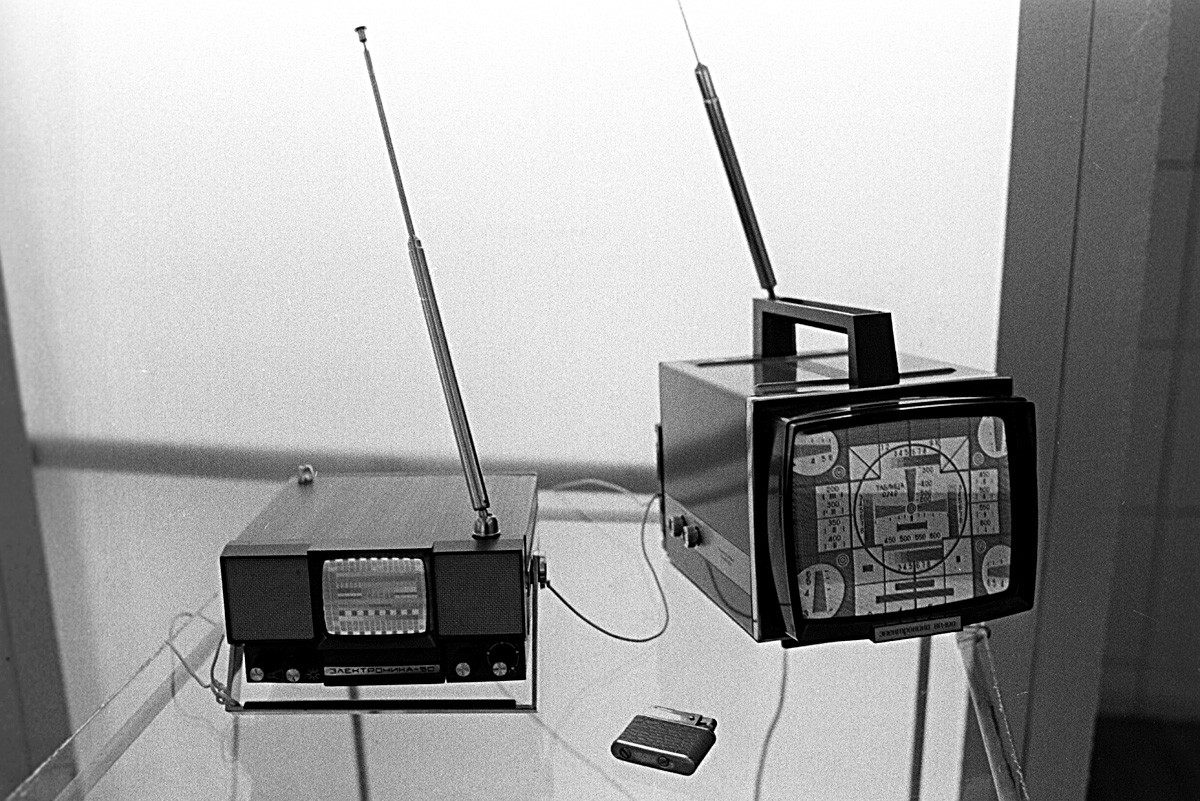
People could buy the smallest Soviet TV - called the Rovesnik - unassembled or ready-made - it just depended how lazy the buyer was.
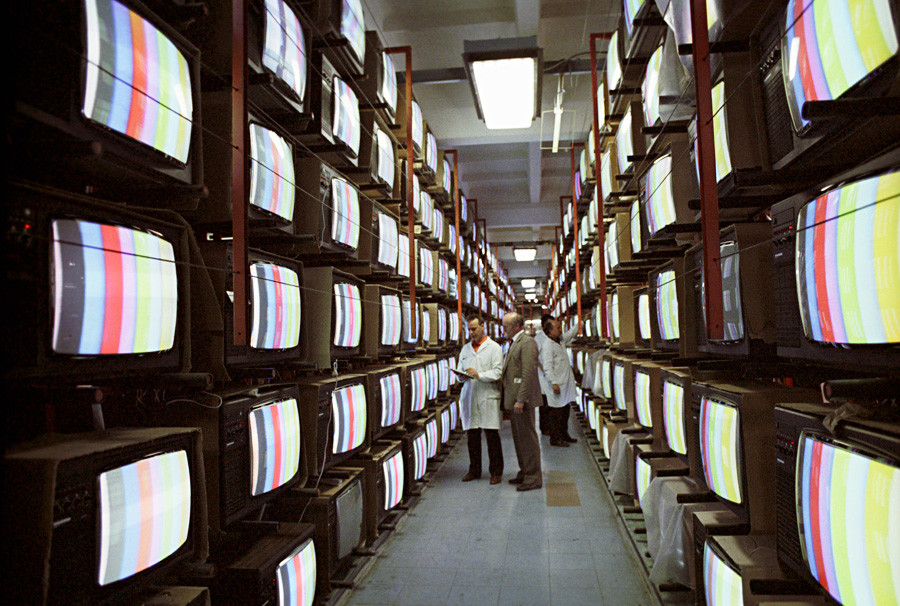
The popular Rubin-714 was an obligatory member of almost all Soviet families. It was also exported to other countries.
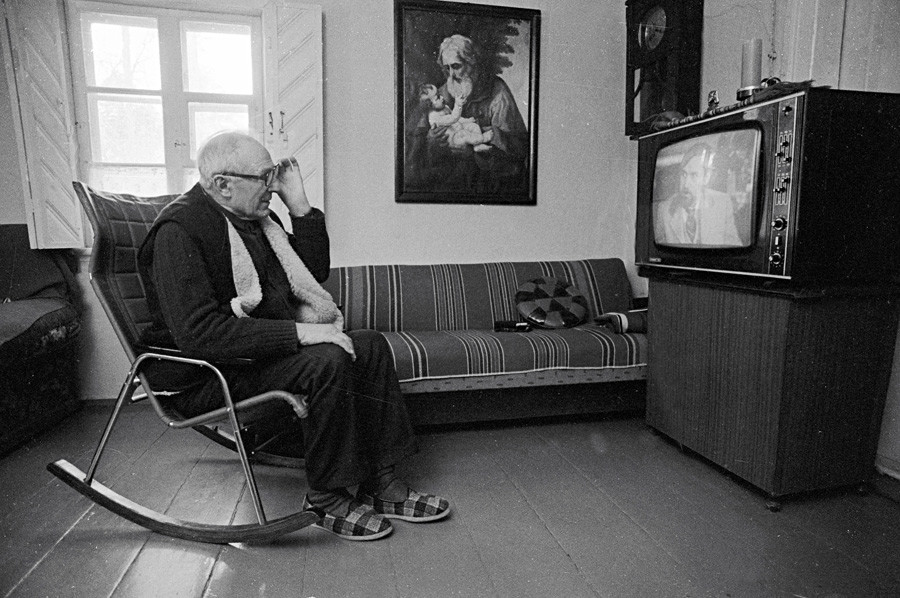
A record eight million Rassvet-307 sets were produced from 1975 to 1982.
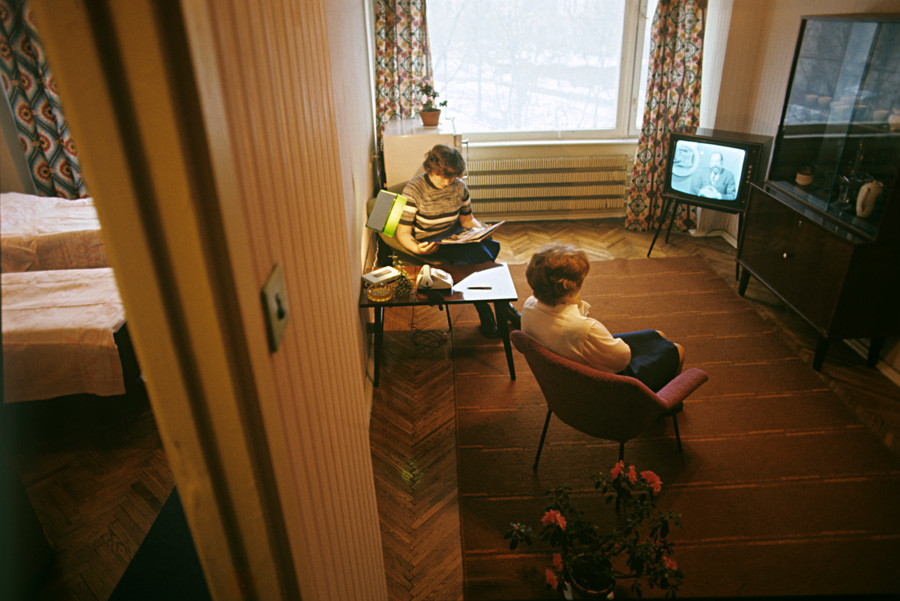
Sadly, Soviet TV sets were actually very dangerous as some were made with explosive elements. A tiny power surge could spark a fire at any moment.
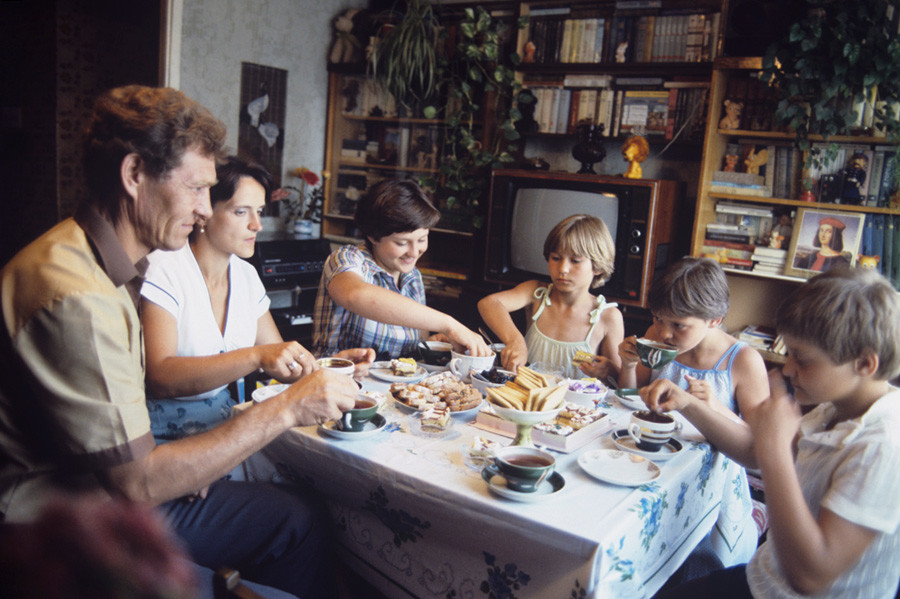
If using any of Russia Beyond's content, partly or in full, always provide an active hyperlink to the original material.
Subscribe
to our newsletter!
Get the week's best stories straight to your inbox